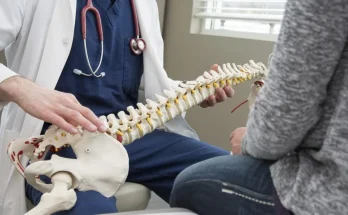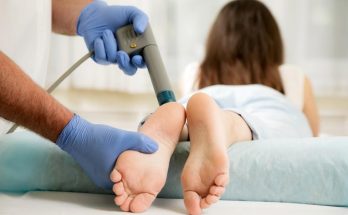A sprain is a common injury, affecting millions of Americans at any given point. However, this injury is more common in athletes and individuals who engage in sports or physical activities that involve running, jumping, overuse, or sudden movements. Sprains happen when the ligaments connecting two or more bones become torn or stretched. The human body comprises numerous joints, and any of these joints would be affected by a Yakima sprain. Nonetheless, the most affected areas include the knee, ankle, elbow, wrist, and even neck. Continue reading to discover the common warning signs of a sprain.
- Pain
Pain is the most obvious and common symptom of a sprain. When you sprain a joint, you will suffer varying degrees of discomfort, based on the seriousness of the injury. The pain could be dull, throbbing, or sharp, and it might worsen whenever you move the affected joint, making it hard to place weight on the affected area. It is crucial to seek professional care if you experience intense or persistent pain following a sprain, as it might indicate a more serious injury that warrants immediate therapy.
- Limited Movement
Another telltale sign of a sprain is restricted motion range. Once you suffer a sprain, it means that the ligament that holds the joint in place is torn or stretched. This damage renders it hard or painful to move the affected joint. You will find it hard to perform even simple everyday activities like bending or lifting. Seeking prompt care ensures that your doctor immobilizes the joint to avoid further damage, and allow for healing.
- Popping Sound or Sensation
Most people who suffer a sprain also report hearing a popping sound or sensation, which is often accompanied by shooting pain. This symptom results from the drastic pressure change in the joint that makes gas bubbles develop in the synovial fluid surrounding the joint.
Once these bubbles burst, they produce a popping sound or sensation, occasionally described as a crackle, pop, or snap. The popping sound indicates that the ligament is already damaged and requires specialized attention.
- Bruising
Bruising is another common sign of sprains that often arises within a few hours after the injury. Bruising develops once blood vessels in the affected region rupture, making blood leak into the neighboring tissue. The bruise can be tender, or painful to touch, and it often changes color as it heals. The seriousness of the bruising varies according to the degree of the injury.
- Swelling and Inflammation
Swelling and inflammation are also common with sprains. After suffering a sprain, the body’s natural response is to send blood to the affected region to begin healing. This surge of blood makes the area swell, redden, and become warm to the touch. Based on the seriousness of your injury, the swelling might be mild or severe.
As you move around every day and perform your everyday activities, there is always a risk of tripping, falling, and sustaining an injury. If you suffer a sprain, consult your doctor. It is always important to ensure that it is only a sprain, not a more serious injury. Your doctor will also design a care plan to help repair your damaged ligament and restore mobility. Besides, your provider can advise you on the best ways to avoid a sprain in the future, such as proper lifting techniques, stretching and strengthening exercises, and more.




